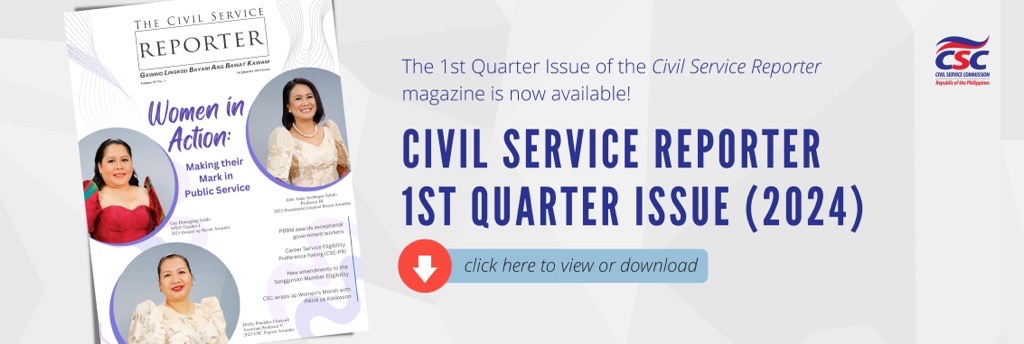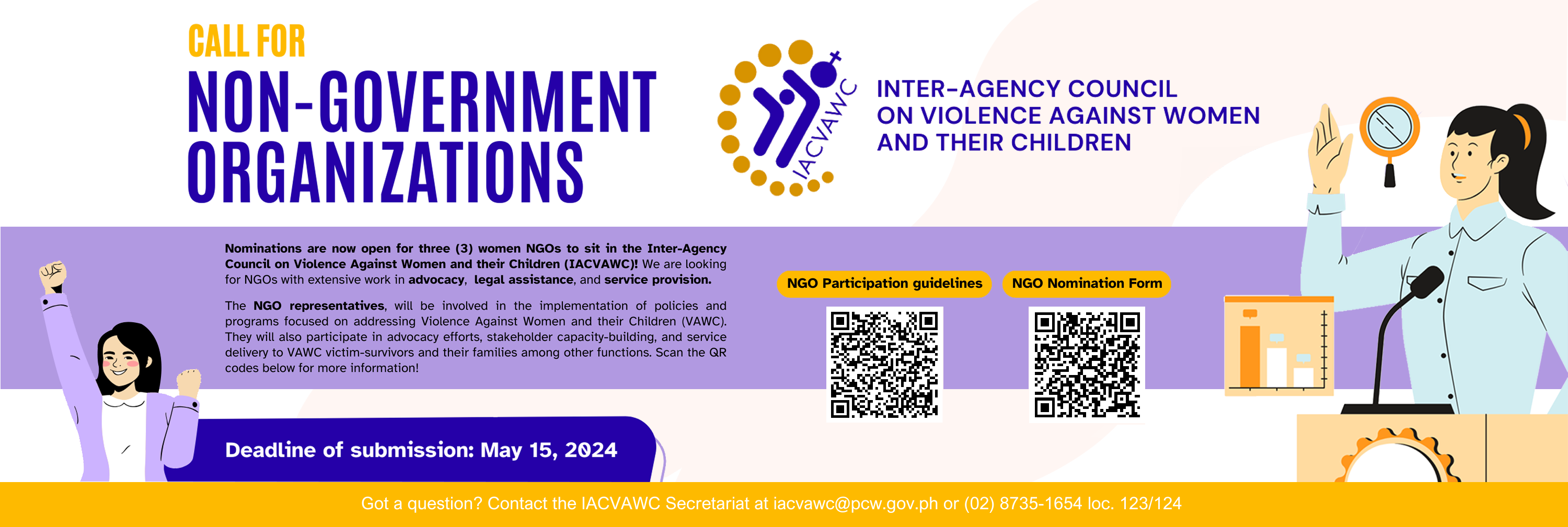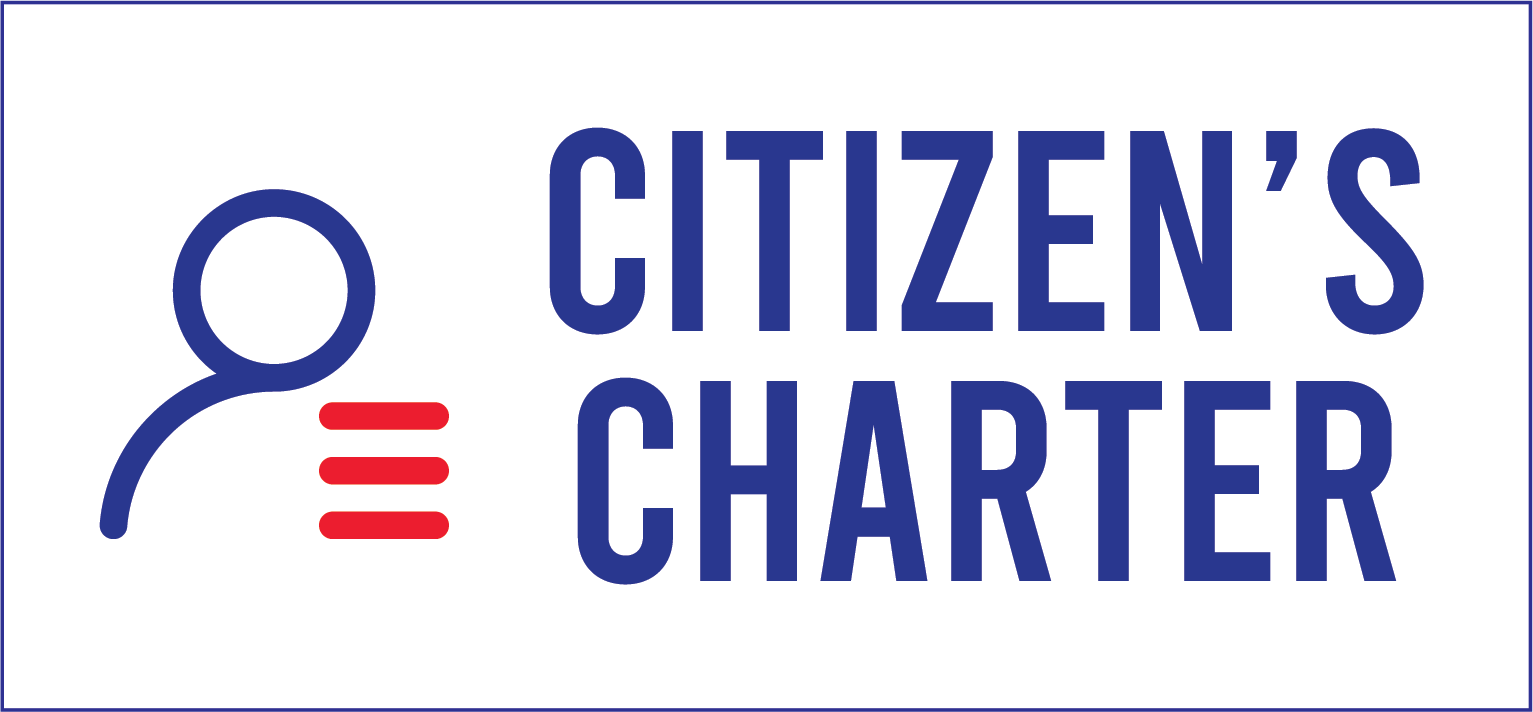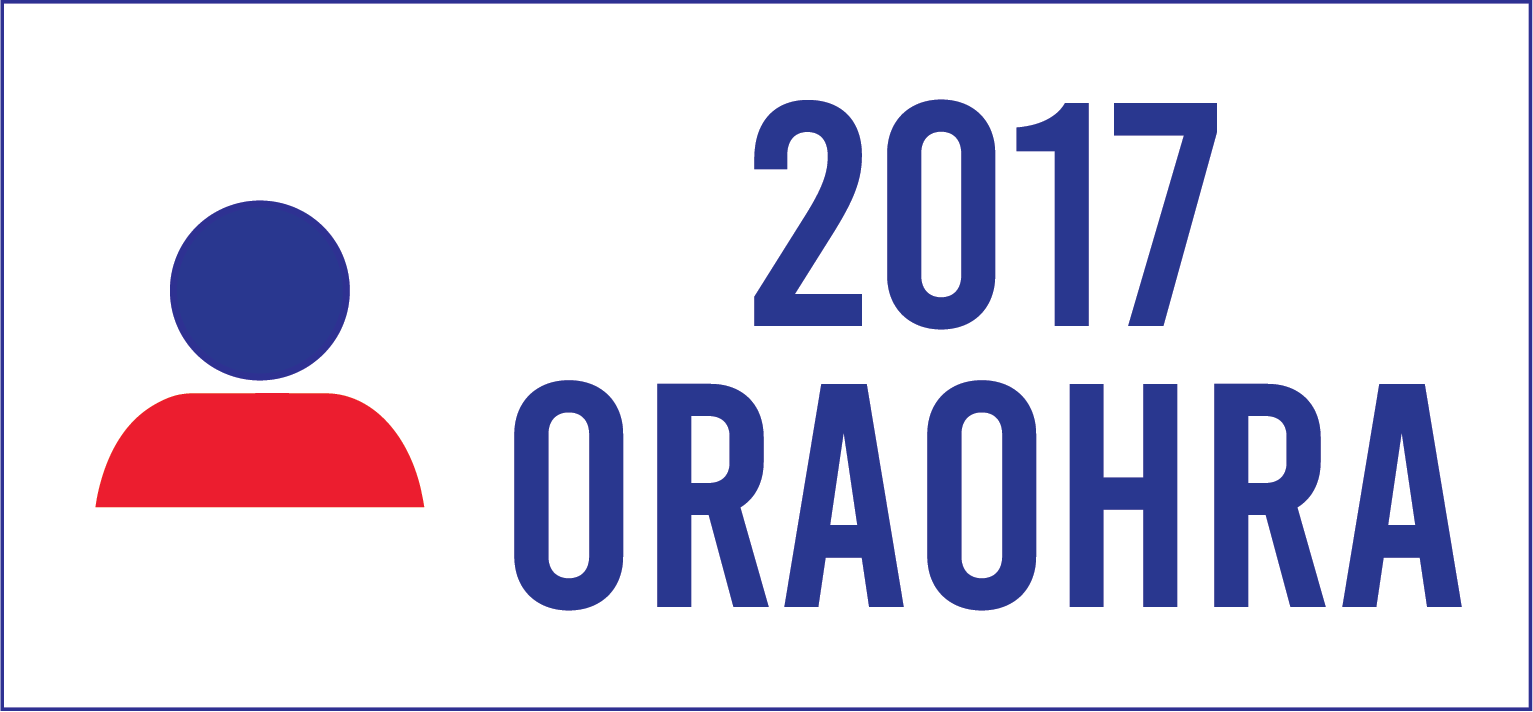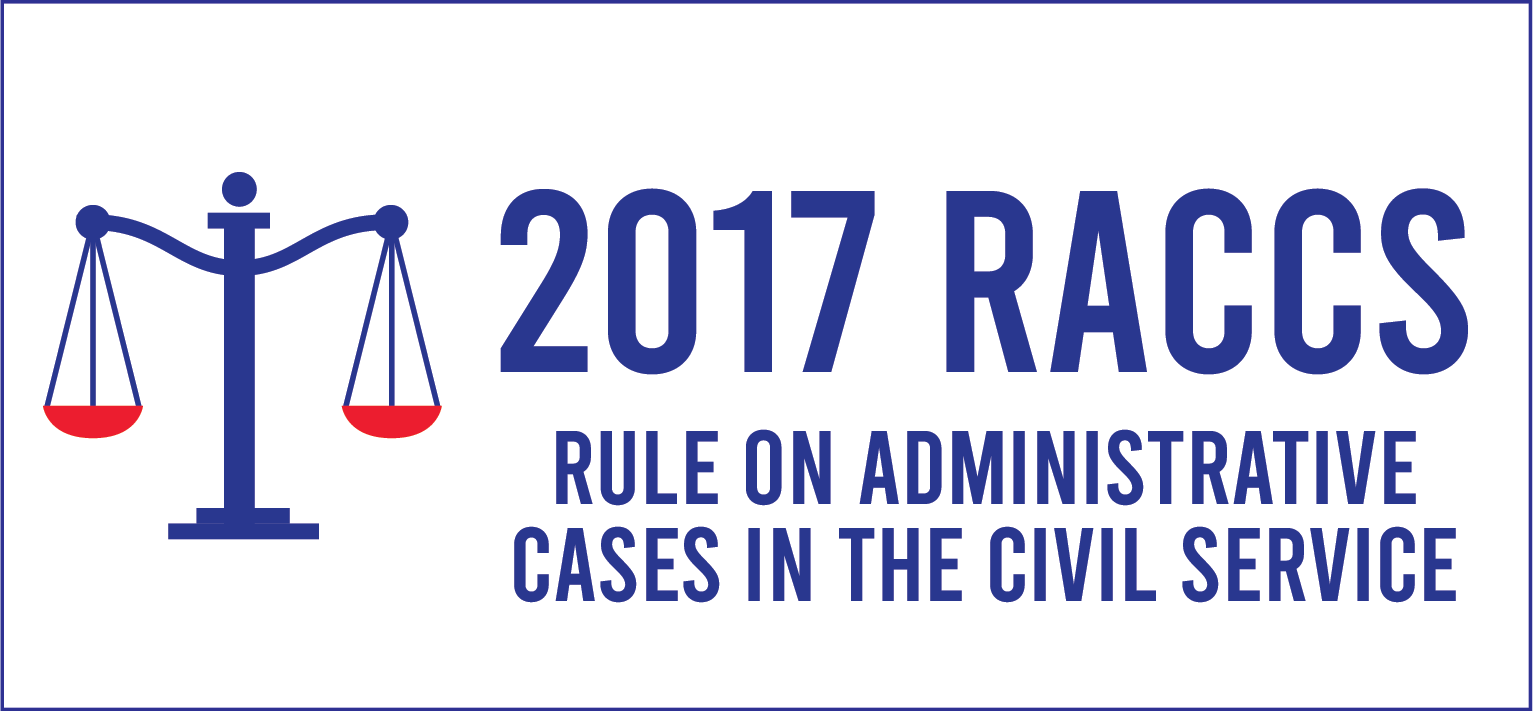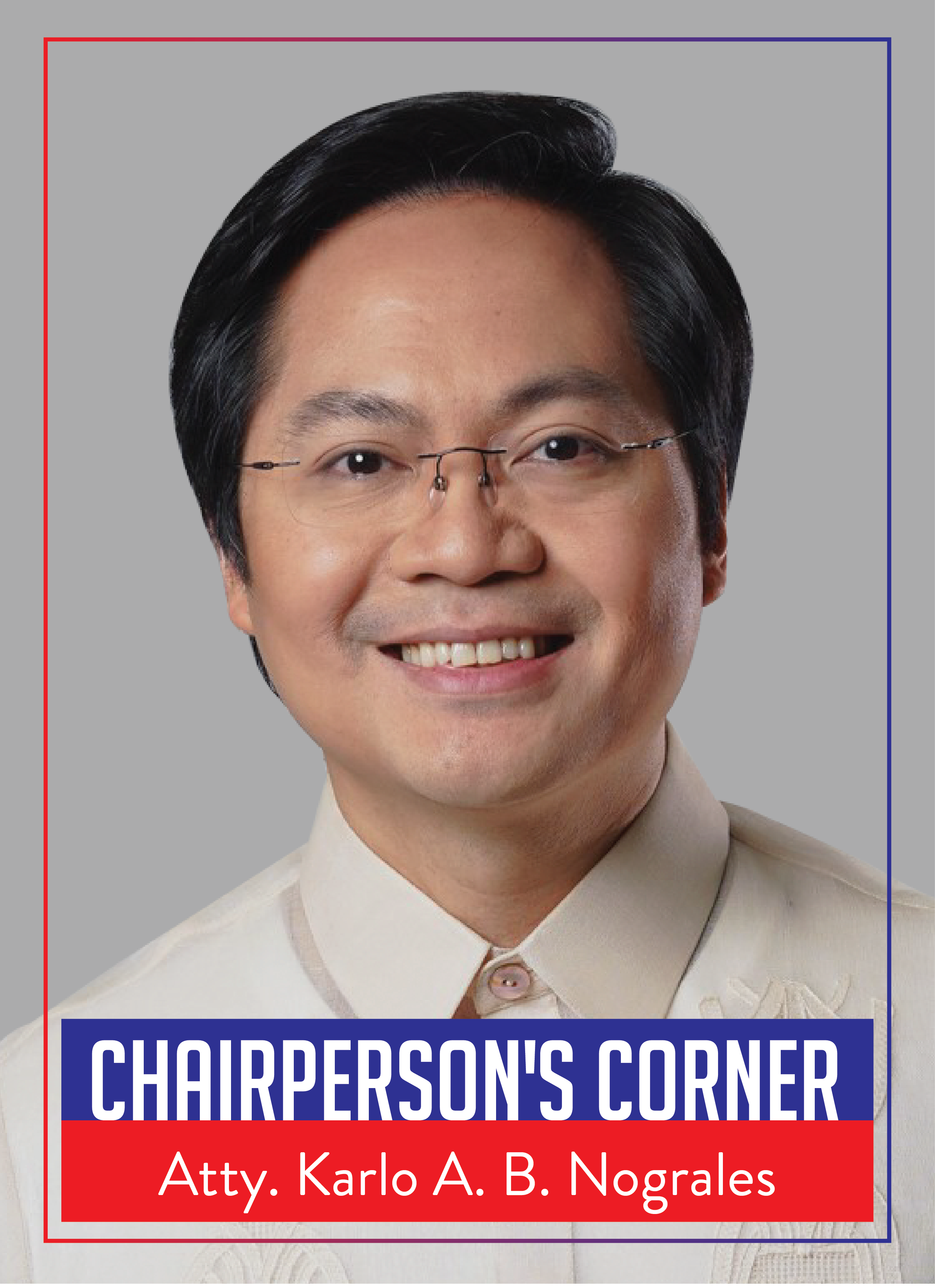As it joins the nation in celebrating March as the National Women’s Month, the Civil Service Commission (CSC) reported the improvement in the employment of women in the civil service.
CSC Commissioner Aileen Lourdes A. Lizada cited the CSC’s Inventory of Government Human Resources, a survey of government workers conducted in December 2017 wherein out of the 1,835,118 total government personnel in the country, 1,016,073 or almost 60% are women. Career employees comprise 89.8% of the total population or 1,647,891, while noncareer employees is at 187,227 or 10.2%. The career service is characterized by entrance based on merit and fitness determined as far as practicable by competitive examinations or based on highly technical qualifications, opportunity for advancement, and security of tenure. On sex classification, there are more female employees in the career service across all regions, representing 61.66% or 1,016,073 out of 1,647,891 career employees. In the noncareer service, the number of male employees is slightly higher at 107,136 (57.22%) compared to 80,091 female employees (42.78%).
Meanwhile, there are also more female employees occupying second level positions, which cover both professional/technical and executive/managerial posts. There are 842,868 (65.91%) females in second level positions compared to male counterparts at 435,899 (34.09%).
“These figures reflect the CSC’s recognition of the importance of women as contributors to nation-building. As the premier human resource institution of the Philippine government, CSC joins the nation in highlighting the critical role of women in our society, as well as in advancing their rights and protection, especially in the workplace,” said CSC Commissioner Lizada.
The Commissioner, however, noted the underrepresentation of women in third level positions, which include the positions of undersecretary, assistant secretary, bureau director, and regional director and called for stricter compliance with Republic No. 9710 or the Magna Carta of Women which mandates the adoption of special measures for the incremental increase of women in third level positions in the civil service until a 50-50 gender balance is
achieved.
“The Commission, as a collegial body, is composed of a chairperson and two commissioners. We have Chairperson Alicia dela Rosa-Bala and me, but how about other government agencies? The higher ranks in government are still male-dominated with 57% males holding third level positions,” said Commissioner Lizada. She underscored that as the CSC strives to bring gender balance to the bureaucracy, other sectors or levels in government should follow suit by providing a viable environment for working women, especially women executives, many of whom have already proven that they can be active drivers of positive changes and reforms in government.


